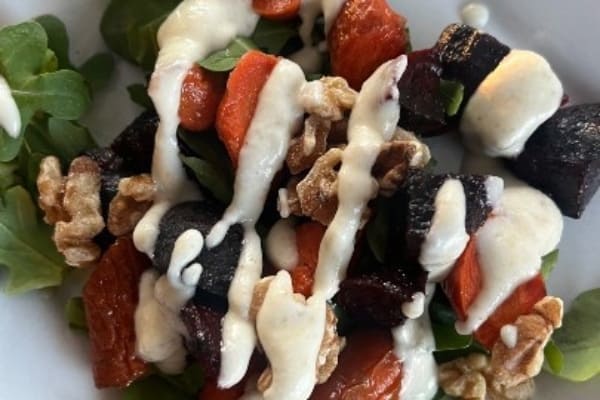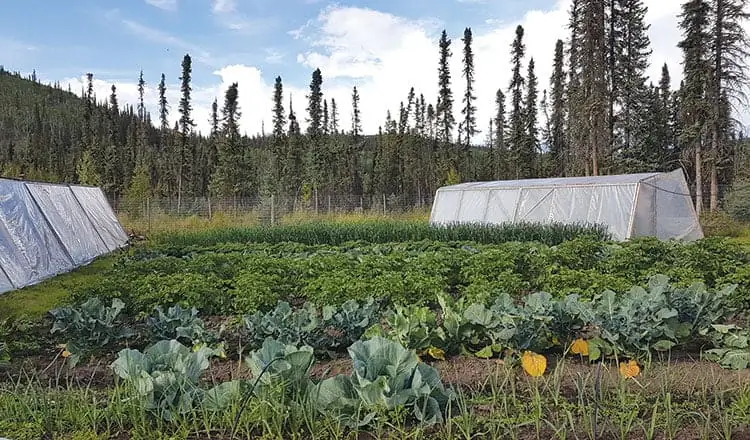I was in the grocery store the other day with a friend. Picking up a bag of winter produce she said, “I wonder if they will taste like tomatoes… At least they’ll give the idea of a tomato.”
This had never occurred to me before. Even though it is a mere shadow of the fruit fresh off the vine, or of that same fruit preserved for the winter, one of these tomato-like objects (TLO) may be enough to trigger the memory of a fresh tomato.
The mind is adept at linking our current experience to our past, so much so that it can be hard to remain conscious of the present. This is one of the reasons presentation is such a huge part of serving a meal – not just how it looks, but the whole atmosphere.
Music or other sounds, types of light, the people present; all of these contribute not just to now, but also conjure up memories that affect how we feel. The minestrone may be made with TLOs, but in the right setting I will be so caught up in the memory of every wonderful steaming bowl my mother made me during the cold winters of childhood that I won’t even notice the flavour.
If it weren’t enough that the mind plays these matching games, I have a bad habit of multitasking while eating alone. Reading the paper over breakfast, it would be easy not to notice the lack of flavour in a TLO omelette.
To combat these distractions, I try to use meals as an opportunity to practise being present, to awaken all of my senses to what is before me.
If the physical senses were all that were at play, I might occasionally buy that TLO, or other vegetable or fruit-like object for the memories it would conjure up, if only by its looks. However, food has so many other dimensions.
My own experience of eating is heavily influenced by knowing the path the food has taken to my plate. While it may be somewhat divorced from the chemistry of taste and smell, the sense of well-being that I have eating food that has been respectfully harvested from the wild or lovingly grown by a farmer I know and trust contributes dramatically to my enjoyment of a meal.
Conversely, eating food that has been produced on the backs of people who are no longer able to grow their own food because of our demands for fresh produce in the winter holds no pleasure.
Regardless of aesthetic appeal or tantalizing aroma, my tastebuds go on strike and my guts begin to twist. The same goes for food that has been produced using pesticides and herbicides that I know have since contaminated soil and water, harming the environment around and downstream of their place of origin.
There are so many things to eat that I can feel just great about, that I seldom find reason to buy something that makes me ill in mind.
So I will happily enjoy that extra bit of pleasure I get when my food reminds me of a wonderful memory, and the bonus of a good feeling that comes from supporting sustainable food systems that do not cause harm.
While I’m at it, I think I’ll put down the paper and focus on experiencing every part of my next meal – taste, smell and appearance. Who says we can’t have it all?
Hooray for family farms!
The Food and Agriculture Organization of the United Nations (FAO) has named 2014 the International Year of Family Farming. Despite the hype about industrial agriculture, family farming remains the main form of agriculture across the entire world.
Family farming has so many benefits, it’s hard to list them all. Some highlighted by the FAO include its “significant role in eradicating hunger and poverty, providing food security and nutrition, improving livelihoods, managing natural resources, protecting the environment, and achieving sustainable development, in particular in rural areas.”
The 2014 IYFF aims to make family farming once more the focal point of national policies on agriculture, the environment and social issues.
There are many family farms in the Yukon, all listed in the Yukon Farm Products and Services Guide available around Whitehorse and at www.yukonfarmproducts.ca. To learn more about the IYFF, visit www.fao.org/family-farming-2014.
Kim Melton is an enthusiastic forager and gardener, inspired by all things that make up good, local food.



